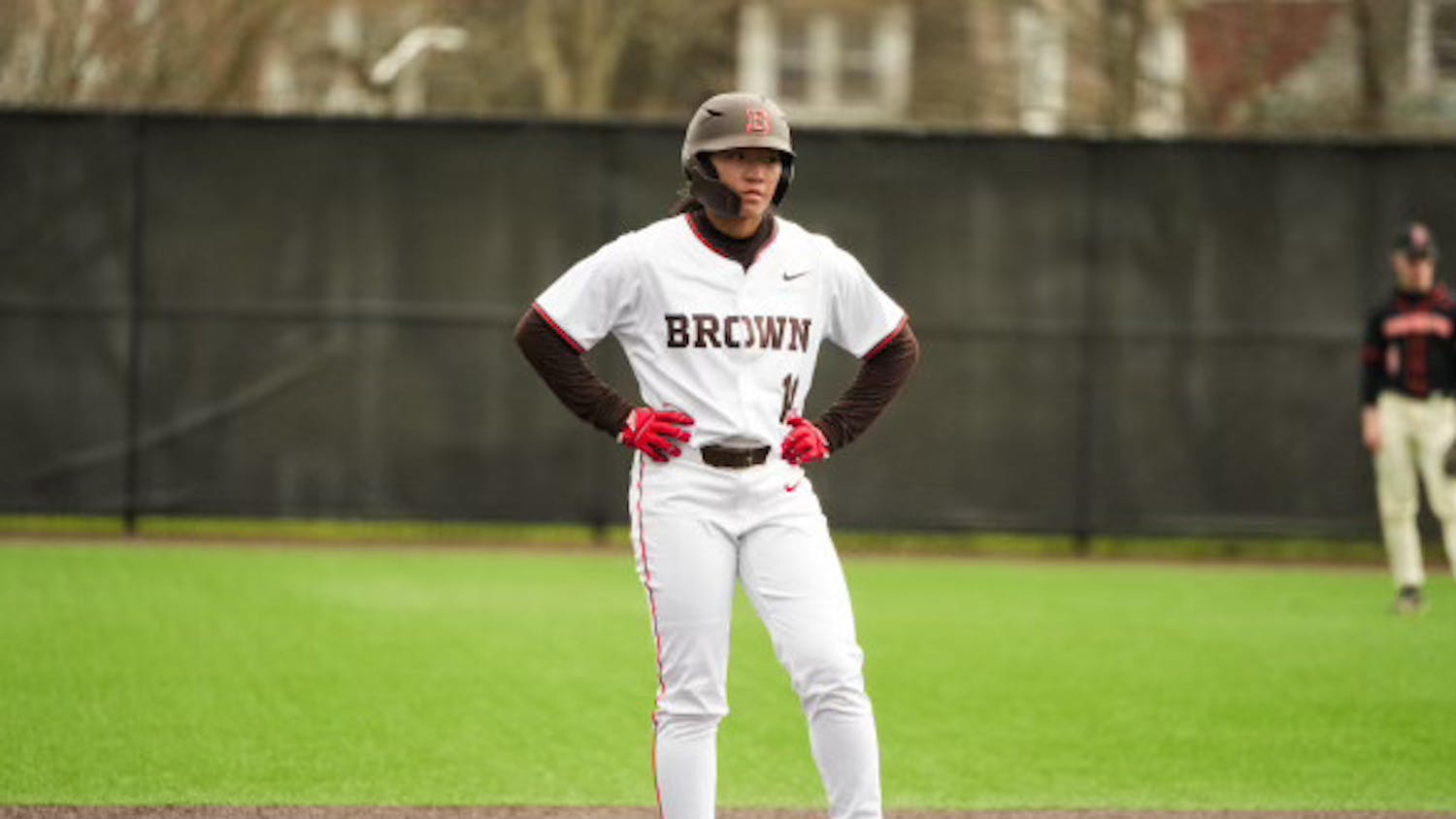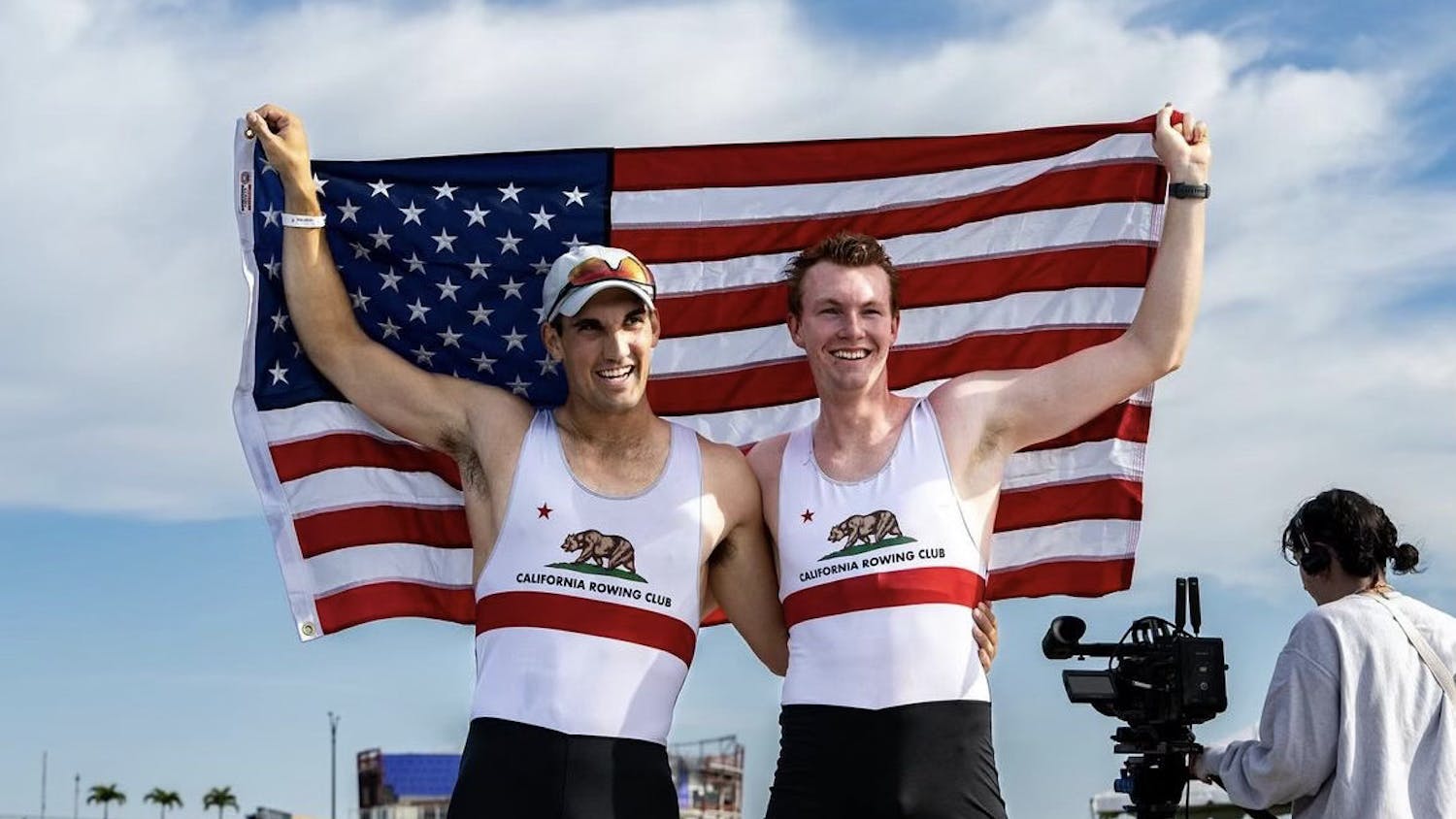Both the college football and NFL seasons are already in full swing and for fans of certain professional teams (mainly the Detroit Lions, the Arizona Cardinals and the Buffalo Bills), it may already be time to look ahead to April 2019 and investigate the top prospects at the collegiate level. What do the teams need and which players could fulfill these needs?
To quickly recap some of the interesting college games this weekend: Dartmouth beat the College of the Holy Cross 34-14 to move to 2-0 on the season, 0-3 Football Championship Subdivision school Old Dominion University bested 13th-ranked Virginia Polytechnic Institute 49-35 in the upset of the week and the University of Texas at Austin topped the 17th-ranked Texas Christian University to move to 3-1 on the season.
Each professional team will inevitably go into the 2019 season facing some sort of need at certain positions. For some teams, that need is quarterback. Whether you’re the New York Giants (Eli Manning won’t be around forever, and I don’t expect fourth-rounder Kyle Lauletta to take over the reins), the Los Angeles Chargers (likewise, Philip Rivers won’t be around forever) or the Tampa Bay Buccaneers (who knows what Jameis Winston’s future will be in Tampa, and Ryan Fitzpatrick will likely sign a big contract this offseason only to regress, as is tradition), getting a first-round signal caller can do a lot for your team. One player to watch this season is the University of Missouri’s Drew Lock, who has the arm strength and accuracy of an air-raid-style quarterback but has developed the pocket presence and situational awareness of a pro-style quarterback under new offensive coordinator and former Dallas Cowboys wide receivers coach Derek Dooley. Another name to keep an eye on, and playing for a more nationally relevant team, is the University of Oregon’s Justin Herbert. Herbert is the only Football Bowl Subdivision quarterback with more than ten career starts to lead his team to an average of at least 40 points per game. Herbert has also passed for 4,759 yards and 46 touchdowns in only 20 games. Even with a close loss to expected Pac-12 champion Stanford University this past Saturday, expect Herbert and the Ducks to light up the rest of the college football world, and keep an eye out for Herbert in the Heisman watch as well.
In terms of offensive playmakers, there aren’t many expected to go in the first round, not because of a lack of talent but rather because of a surplus of defensive talent, especially on the defensive line. A.J. Brown of the University of Mississippi is a receiver to watch, a very physical 225-pound receiver — maybe for a team like the aforementioned Cowboys, as Dak Prescott’s top target right now, Cole Beasley, is averaging only 44 yards per game three weeks into the season. Bryce Love is a running back out of Stanford who was nominated for the Heisman Trophy last year and could go in the first round to a running-back-needy team, such as the Philadelphia Eagles. For offensive-line-needy teams, keep an eye on players like Greg Little, also out of Ole Miss, and Jonah Williams out of the perennial college powerhouse the University of Alabama. These players could be beneficial for teams like the Cleveland Browns, who could use a replacement for longtime tackle Joe Thomas for the team’s shiny new quarterback Baker Mayfield, and the Minnesota Vikings, who want to be able to protect Kirk Cousins after paying him $84 million in guaranteed money.
As I said before, where this draft really shines is in its defensive talent. According to walterfootball.com, a constantly updating mock draft website, 15 of the first 32 picks in the draft are either defensive ends or interior defensive lineman. In terms of the individual players, Clemson University has one of the best defensive lines in the country. Last season, in an All American performance, Clelin Ferrell was second in the Atlantic Coast Conference in tackles for loss last season with 18 and in sacks with 9.5. Dexter Lawrence is 6’4” and 350 pounds and was the ACC Defensive Rookie of the year in 2016. Christian Wilkins was an All-American the past two years. Austin Bryant, another All-American, is a freak athlete who had 8.5 sacks and 15.5 tackles for loss.
All four of these defensive linemen are projected to be picked in round two of next year’s draft, and none is even considered the best defensive lineman in the country. That debate falls between the University of Houston’s Ed Oliver and Ohio State University’s Nick Bosa, brother of current NFL defensive end Joey Bosa. As a freshman at Houston, Oliver recorded 23 tackles for loss and has continued to up his draft stock as a sophomore and junior. Oliver declared for the draft over a year early and is bold enough to call his college career “a business trip.” Bosa was in the conversation of number one overall pick, but his draft stock has taken a hit with a recent muscle injury, further projecting Oliver to the top of the draft board. In terms of which teams need defensive line help, the Oakland Raiders come to mind after trading away former Defensive Player of the Year Khalil Mack mainly for two first-round picks; that trade might make a bit more sense after looking at how deep the defensive line class is in the upcoming draft.
Next week’s lineup is highlighted by top-10 showdowns between No. 4 Ohio State and No. 9 Penn State University and No. 7 Stanford against No. 8 Notre Dame University. Dartmouth football hosts the University of Pennsylvania (2-0) next Saturday.


